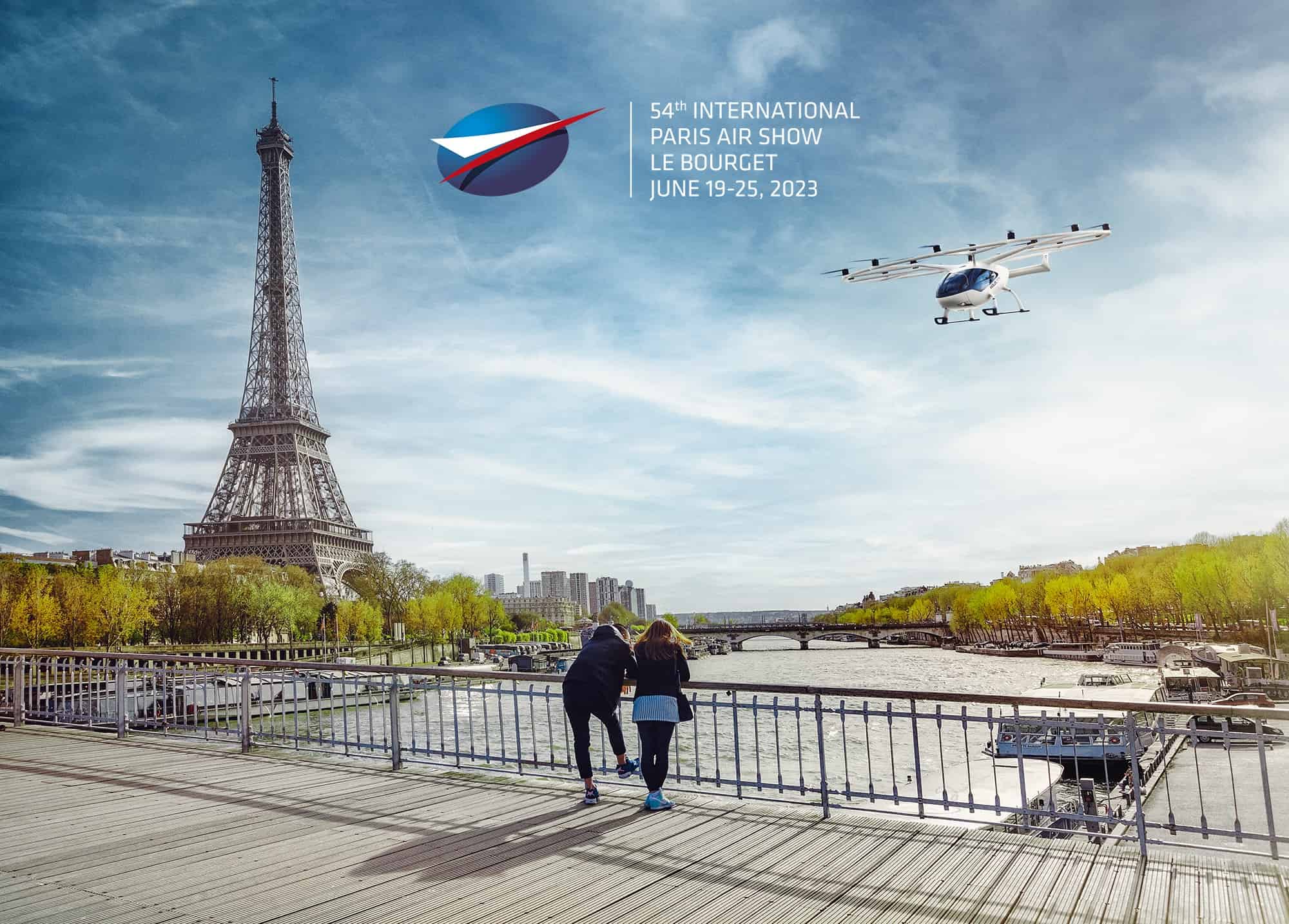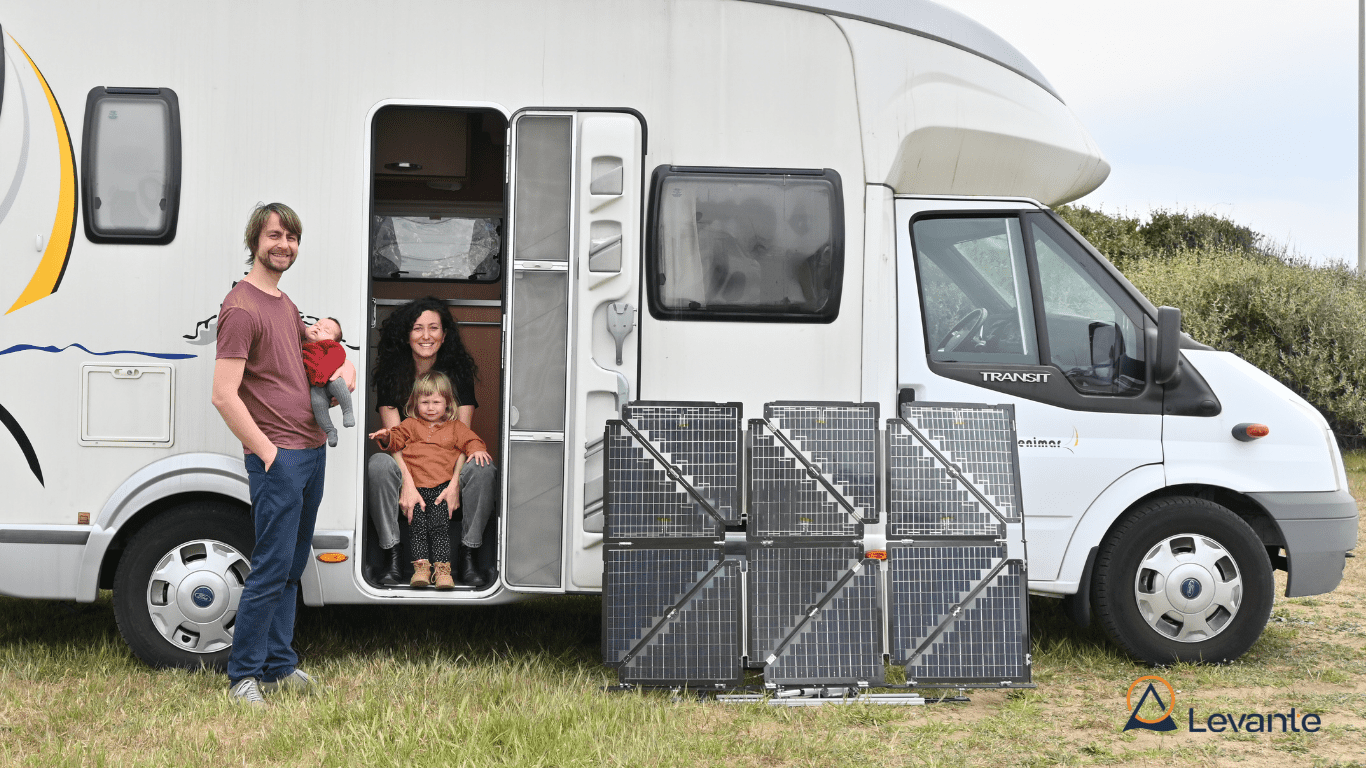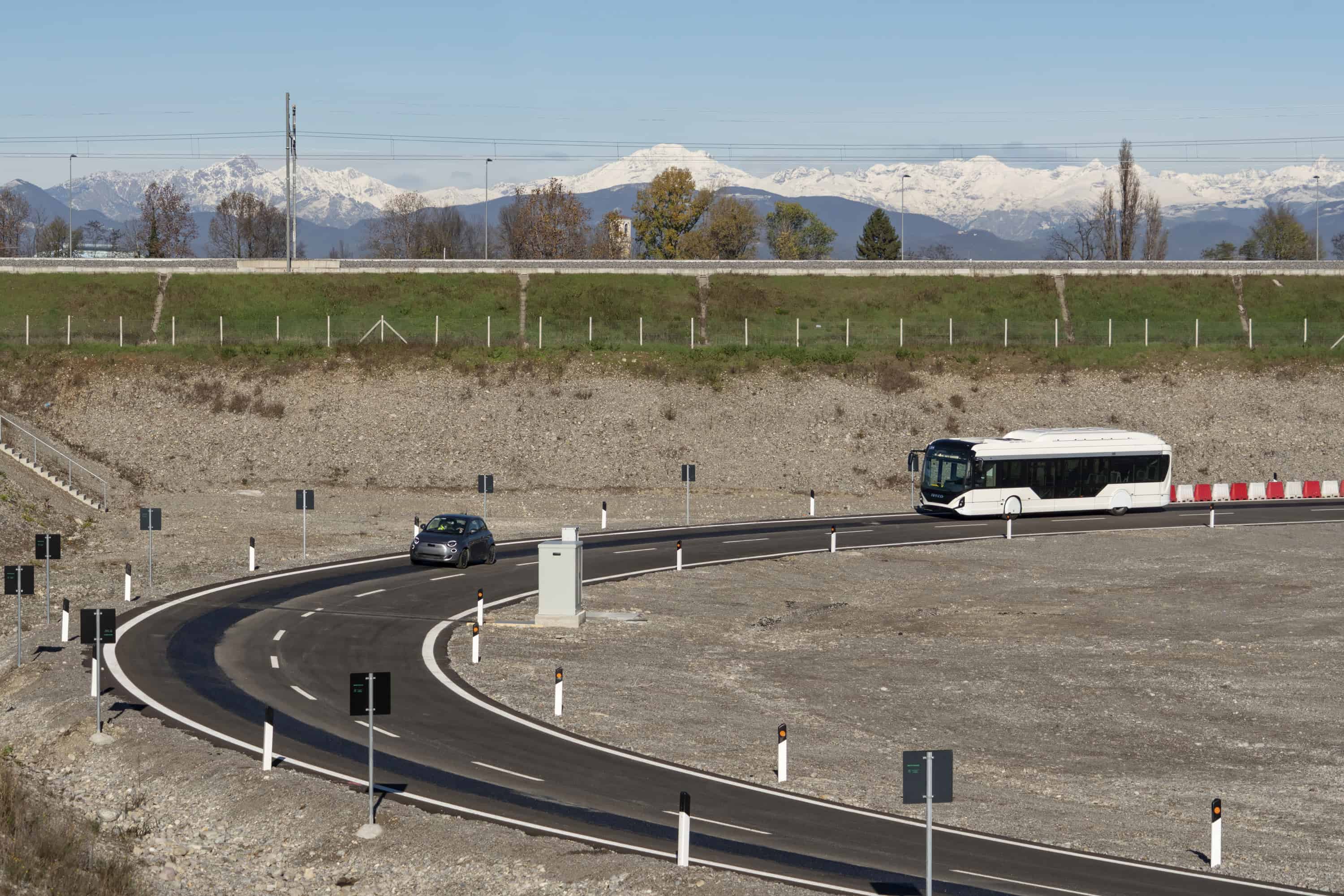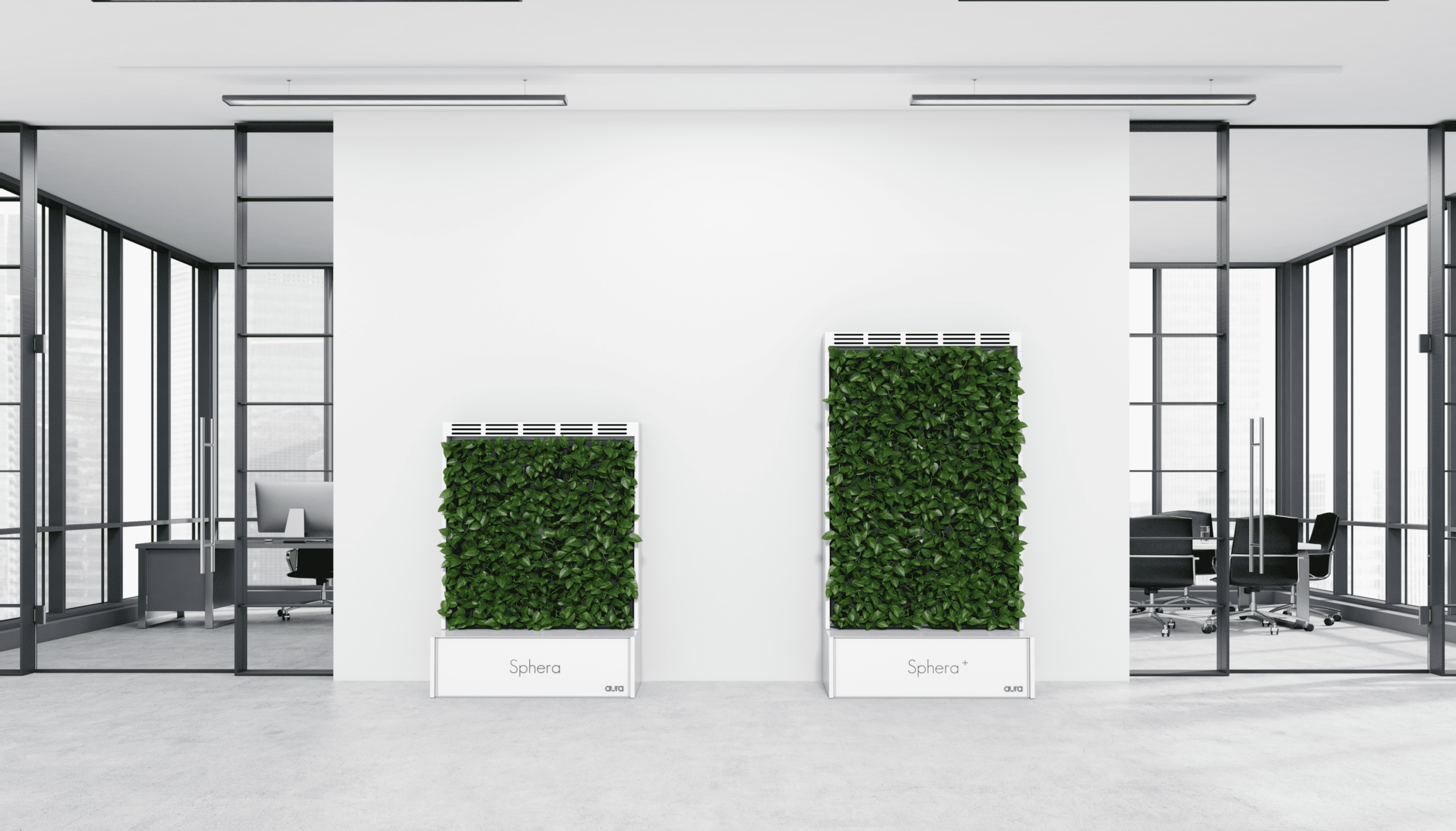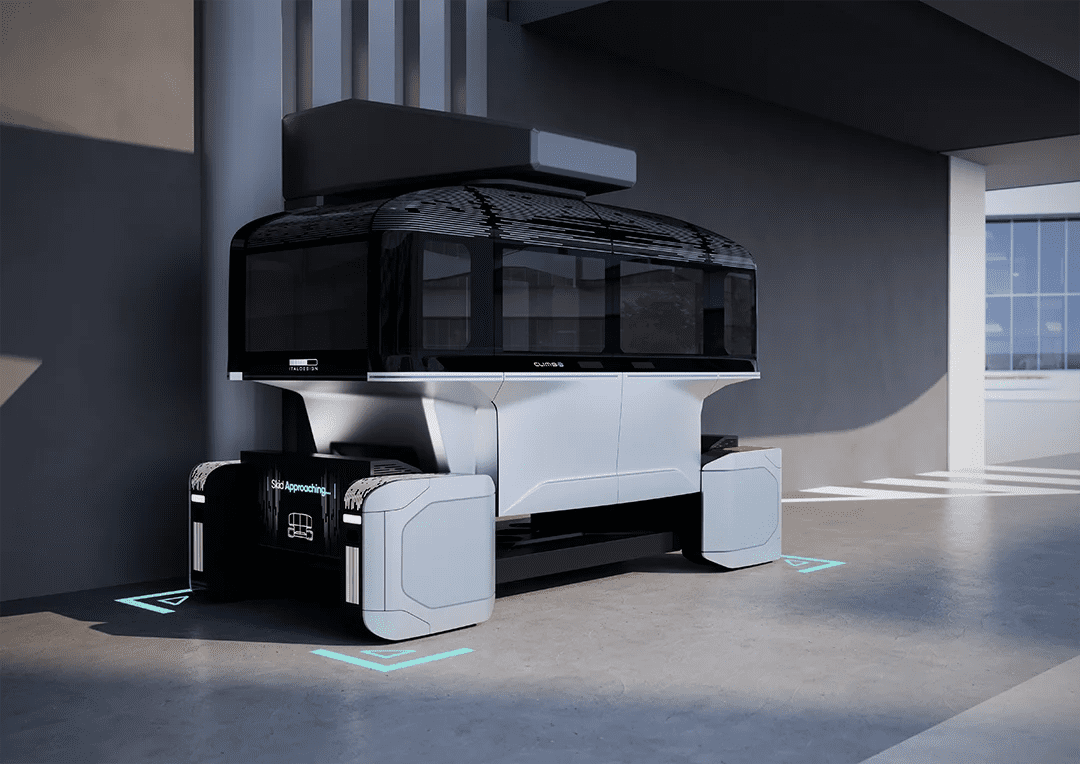
On an ordinary morning, after a generous amount of coffee, Bob steps into his living room, where his home office setup is. He recently renovated his house, and the work area is now inside a square capsule. In about an hour, he has to head to his office to join a meeting. As he finishes replying to his morning emails, he taps his phone to call for a skate, a fully electric transportation platform.
The capsule goes down, and then latches onto the skate once it reaches street level. Then the capsule drives him straight to the actual room where the get-together will take place while he looks at some of the documents the meeting will be about.
This scene is not a future image from the next century. In fact, it could become a reality as early as the next few years.
During the 2023 edition of the Consumer Electronics Show (CES) held in Las Vegas, Italdesign presented Climb-E, a new autonomous transport concept. This involves a capsule that drives autonomously and is able to move even along building facades. When not serving as a means of transportation, it becomes an additional part of a home.
Merging transport and private life
The project brings innovation to every single aspect it deals with. “Through this concept, we are integrating different technologies as well as a range of mobility solutions. In our vision, the mobility of tomorrow will be a mix of several means of transport. By doing that, we are also combining the personal lives of our users with travel,” explains Laura De Martini. She coordinated the whole initiative as a project manager of the Climb-E initiative for Italdesign.
Italdesign – an automobile and mobility solutions design firm – initially came up with the idea for the project. Lift manufacturer Schindler joined the venture and provided its expertise in vertical mobility. A cohort of researchers and professors from the Politecnico di Torino (POLITO) contributed to the integration of the concept inside the buildings and the urban area as a whole.
Climbing and driving capsule
The capsule is about four meters long, less than two meters wide, and smaller than a meter in height. There is room for up to four passengers. It can drive as far as 320 kilometers straight out of a living room – or the meeting area of an office building – to the desired destination. The whole system can be managed via an app, i.e., to plan journeys and call for a skate.
To be able to move, the capsule sits on top of a skate – also called a skid – which is where the powertrain is mounted. While the capsules are privately owned, skids/skates are meant to be shared. The designers envision storing the skates in unused areas of a city, exploiting spaces that do not interfere with the daily activities of citizens. “Having the capsules stationed across a whole city would free up a lot of space from parking spots. The hindrance of cars parked on the side of the streets would be drastically reduced,” emphasizes Michele Bonino, architecture and urban design professor at POLITO.
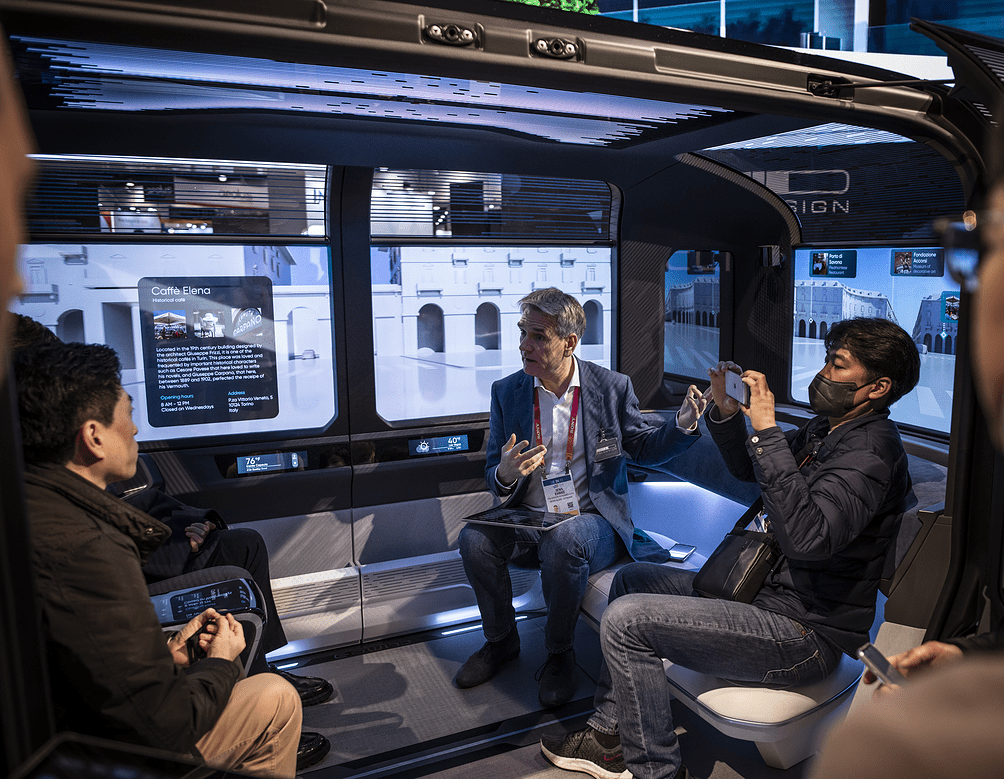
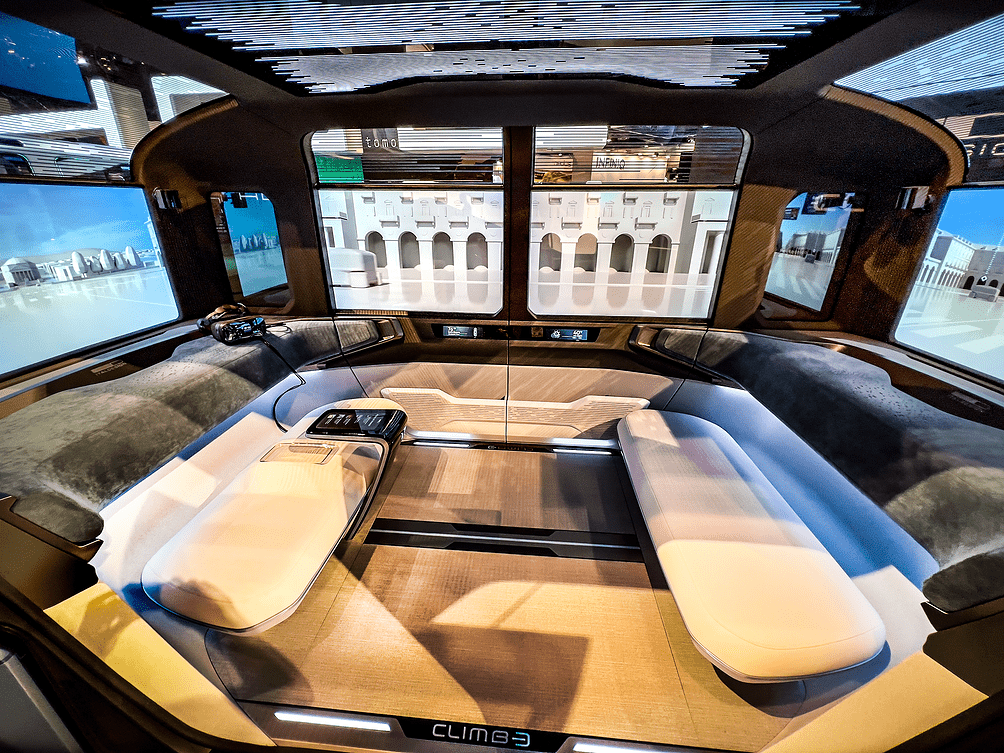
Changing habits
Creating a modular means of transport is nothing new for Italdesign. Back in 2017, they launched Pop.Up – and its 2018 version Pop.Up Next – which combined a two-seater road vehicle with an airplane that takes off and lands vertically. The idea merged automotive and aerospace mobility, and was also based on the seamless travel principle. With its latest project, Italdesign is revamping this idea.
“Traveling inside Climb-E is an immersive experience and we thought of it as moving with a part of our life,” De Martini explains.
Integrating Climb-E in an apartment would mean disrupting the way spaces – and as such, daily habits – are conceived. “The idea of opening our apartment to the city leads to behavioral changes. Someone might start working during the commute or leave the office before peak hours and finish tasks on the way home. Not to mention that the house layout would change as well,” Pier Paolo Peruccio notes. He is part of the World Design Organization’s board and teaches architecture at POLITO.
Seamless travel
In a video simulation, Italdesign simulated a trip to the mountains. From the house’s living room, the capsule moves to the ground level where the skate awaits it. From there, the capsule starts driving, latches onto a cable lift, and then enters a Hyperloop pod. Climb-E eventually reaches the destination, integrating itself with the building there. The idea of seamless travel is paramount to Climb-E’s ideators. It is at the core of the project, as the capsule aims to offer door-to-door travel to wherever without having to switch between walking, public transport, or a car.
“Think of a trip from the airport. To get there, you need a bus or a taxi to get to the hotel, then you go by lift up to your room on the 25th floor. With Climb-E, that would all be done by the same mean of transport. During the CES, we also pitched these types of use cases, which we believe are the most applicable,” says De Martini.
Services at home
If the goal of Climb-E is to travel around the outside world together with us, the reverse could also happen. Apart from the private use case, Italdesign thinks the concept could be utilized for bringing services inside our homes. Medical staff could visit patients in their living rooms with all the equipment needed for a given therapy. Similarly, hair stylists, food caterers, and musicians can also simply step inside our home. The capsules can be rearranged to make room for medical equipment, a small kitchen, or music gear.
“Thousands of applications are possible as services enter our living spaces. Clearly, privacy is an aspect we need to delve into more before the concept is put into practice,” Peruccio stresses.
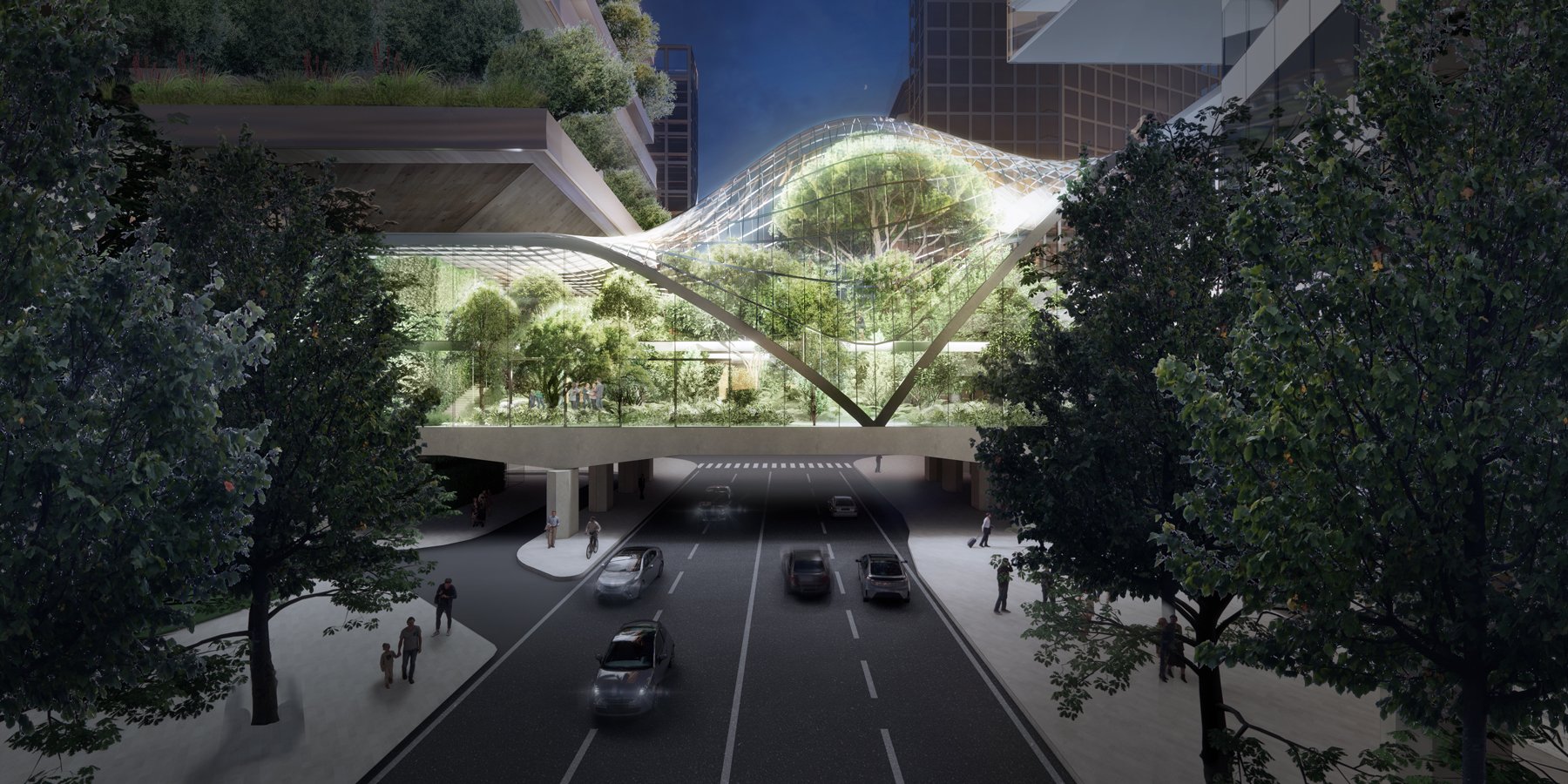
Not as futuristic as it may seem
Currently, Climb-E is designed to be installed in structures still to be built. Integrating the system into existing homes and buildings requires additional effort to adapt the technology. The team will focus on this aspect in the coming months. Nevertheless, in their view, Climb-E is not as futuristic as it may seem.
“As is the case with autonomous driving, we can prioritize the use of dedicated lanes, as is already happening in China. In this, one critical aspect is political will. From the standpoint of city integration, it could work by reorganizing space and traffic, similar to what happens with public transportation lanes,” Bonino points out. “Apart from figuring out how to manage autonomous driving, we believe it could become a reality in new towns within a few years. Adapting the technology to existing buildings is challenging, but it is about integrating a lift, which is not a novelty in itself,” Peruccio adds.
As cities plan to change the way people move in and around them, and with electric vehicles and more sharing solutions disrupting traffic flows, Climb-E wants to position itself into a sweet spot. “In our vision of tomorrow’s mobility, we believe this project can fit cities well. The discussion around all these topics has been around for years, and it could be quickly adopted,” Laura De Martini concludes.
In the main picture, the capsule latches onto the skate


